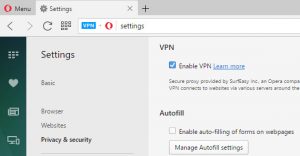If you’re experiencing slow sluggish performance in your VirtualBox Linux virtual machine, you can readily enhance it by following the steps outlined below.
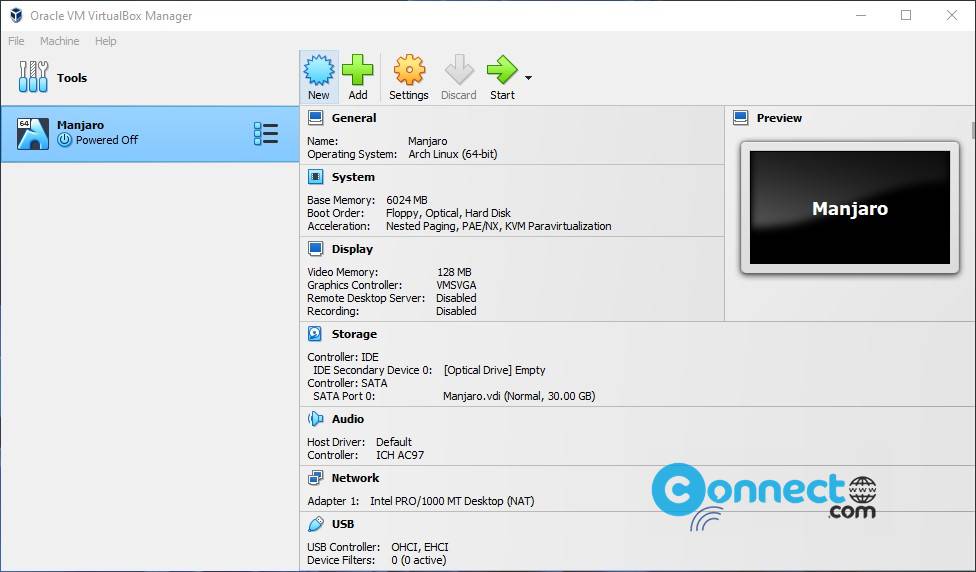
Increase CPU Processor Cores in Virtual Machine
Many casual VirtualBox users who set up a Linux VM often overlook the crucial aspect of CPU core allocation. They typically stick with the default setting of a single core. To enhance its performance, consider adjusting the number of cores allocated to your VM. Begin by determining the number of cores available on your host CPU. You can find this information in your computer or CPU manual. Once you’ve ascertained your host machine’s core count, refer to the guidelines below for optimizing the core allocation for your VirtualBox VM:
If your host CPU has 4 cores, allocate 2 cores to the VM.
For host CPUs with 6 cores, consider assigning 2 to 4 cores.
Host CPUs boasting 8 to 12 cores should allocate 4 cores or more for the VM.
Select your Virtual machine and go to the Setting->System->Processor and increase here and click OK to save changes.
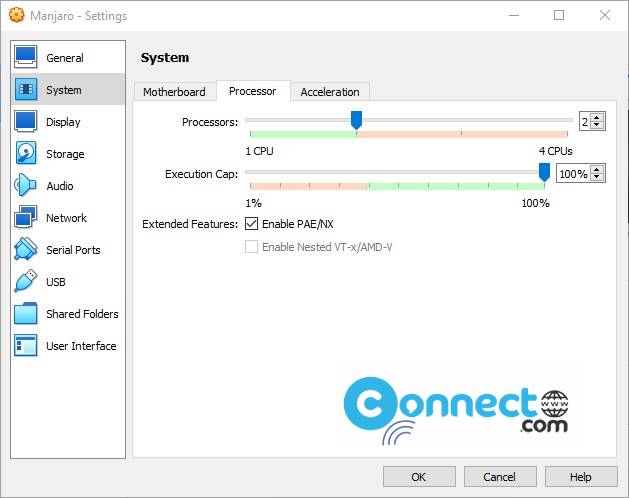
Increase Video Memory Allocation
VirtualBox’s default video settings are quite conservative, granting the Guest Operating system a mere 16 MB of video memory. If you’re aiming to turbocharge your VM’s performance, expanding the video memory allocation is the key. To make this adjustment in your VirtualBox VM, follow these steps:
Turn off your Virtual Machine and select your Virtual machine and go to the Setting->Display->Screen and look for the “Video Memory” slider, and then increase it to 128 MB.
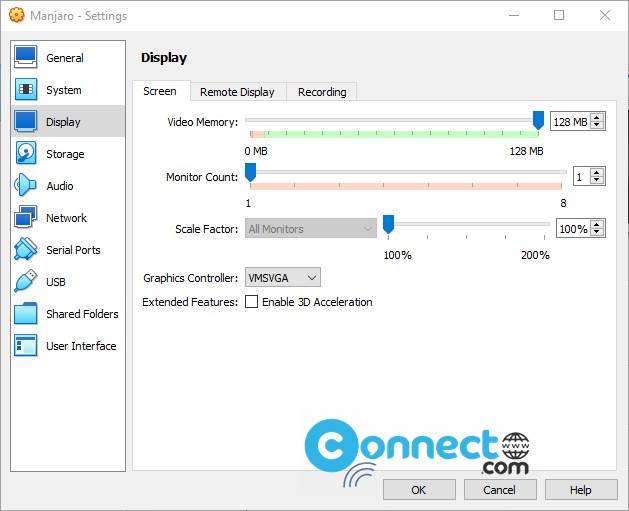
To apply these changes to your VM, click the “OK” button.
Boosting Your Virtual RAM
VirtualBox typically allocates a modest default RAM size, around 1024 MB. While this might suffice for running a basic Linux distribution, for more demanding tasks, you’ll need to upsize your RAM allocation.
Here’s how to increase it:
Turn off your Virtual Machine and select your Virtual machine and go to the Setting->System->Motherboard and look for the “Base Memory” slider, and then increase it to more than 2GB.
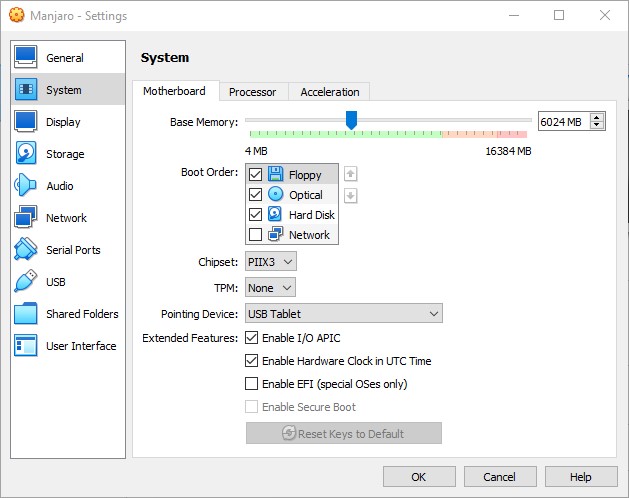
Click “OK” to confirm and apply the changes.
Install Guest Additions
Guest Additions bring a host of enhancements, drivers, and optimizations to VirtualBox, resulting in a substantial boost to your virtual machine’s speed and responsiveness.
To install Linux Guest Additions, first start your virtual machine, then press the Right Ctrl button during the Operation system running to access to the Virtualbox controls. Then go to the “Devices” menu and click on it with the mouse.Then click “Insert Guest Additions CD image” and click it. Virtualbox will automatically download the Guest Additions ISO file, and insert it to your Virtual Machine.
Use Lightweight Desktop Environment in Your VM
While we’ve explored numerous hardware tweaks to enhance your VirtualBox VM’s performance, it’s equally important to consider the desktop environment you’re using. If your Linux VM is sluggish, consider switching to a more lightweight desktop environment that conserves system resources and delivers improved responsiveness. Options include LXQt, XFCE4, Mate, KDE Plasma, or Enlightenment. These desktop environments are optimized for virtualized environments and can significantly enhance your VM’s overall performance.



